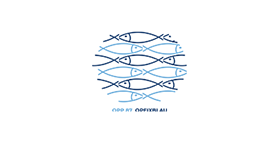Case study objectives
- 1. To provide information on private and member state marketing standards.
- 2. To provide estimates of FW caused by marketing standards.
- 3. To provide insight on the trade-offs between FW reduction and other objectives.
- 4. To support development of agent-based and economic models and validate their results.
- 5. To co-create recommendations on preventing FW due to marketing standards and to enhance market access to suboptimal foods.
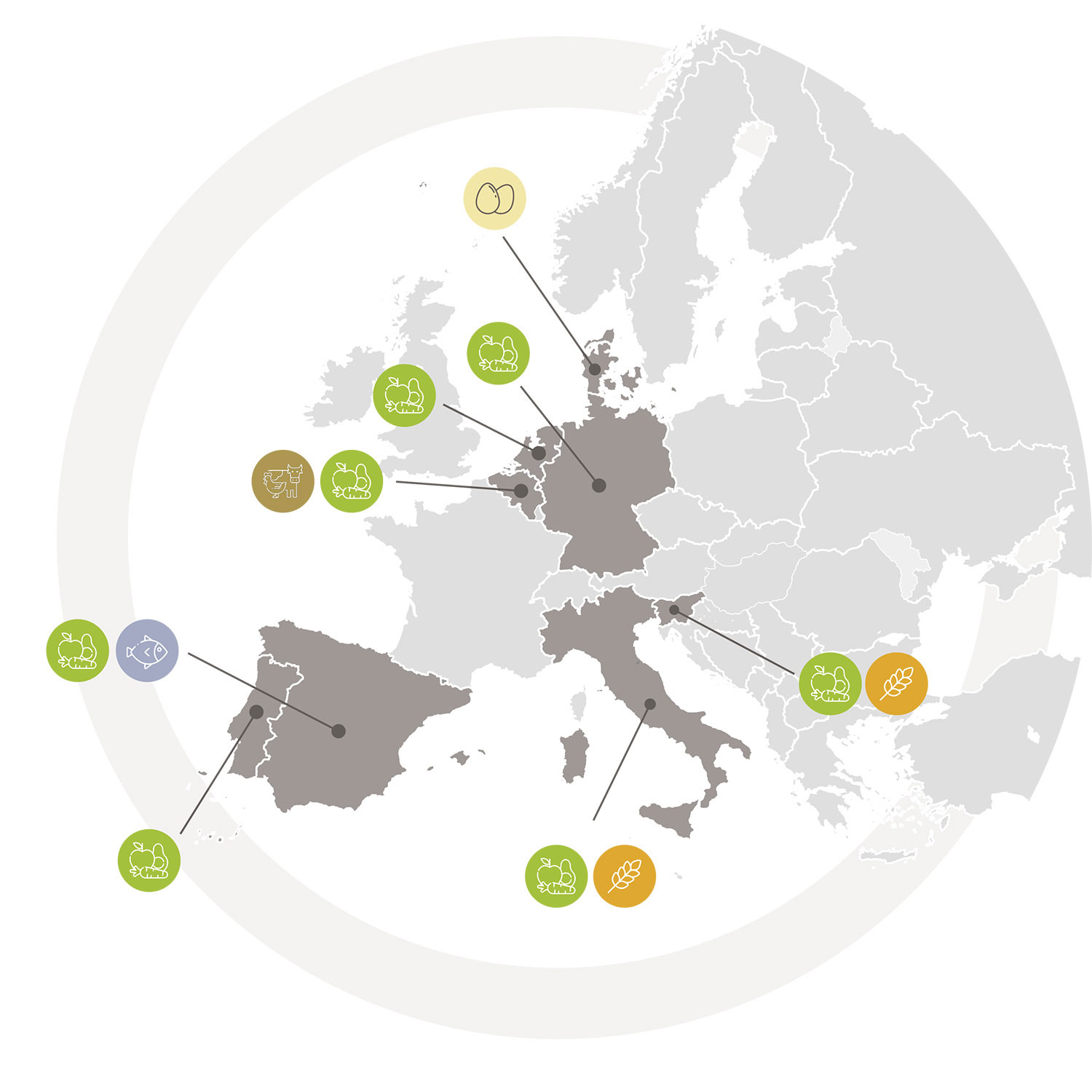

- Italy
- Portugal
- Slovenia
- Germany
- Spain
- Belgium
- The Netherlands
Fruit and vegetables sector
Objectives:
- Reduce FW related to visual irregularities and shelf life
- Evaluate impact of marketing standards and the link with consumer behaviour
- Create a common ground in the sector regarding the identification of FW
- Raise awareness with consumers
- Open communication with all stakeholders
Data collection:
- Interviews, focus groups, IT tools, documents and reports, survey
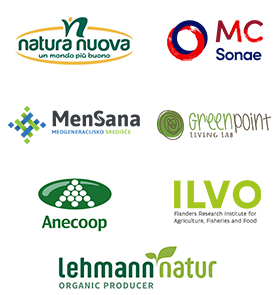

- Belgium
- EU
Meat sector
Objectives:
- Identify hot spots regarding FW in the sector and create a common ground regarding the identification of FW
- Evaluate the impact of food marketing standards on FW
- Identifying discarding of byproducts
- Reducing the downgrading of high quality products
Data collection:
- Surveys, meetings and interviews
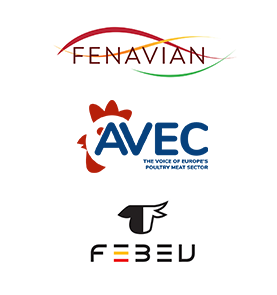

- Italy
- Slovenia
Cereal sector
Objectives:
- Reduce FW related to visual irregularities and shelf life
- Studying existing marketing standards and evaluate impact
- Implementing methodology for collecting FW data
- Exploring options to reduce FW
Data collection:
- Interviews, IT tools, focus groups


- Denmark
Eggs sector
Objectives:
- Identify hot spots regarding FW in the sector
- Create a common ground in the sector regarding the identification of FW
- Evaluate impact of marketing standards
Data collection:
- Interviews & survey
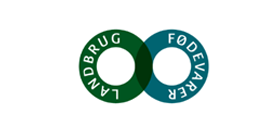

- Spain
Fish sector
Objectives:
- Secure better price
- Get a better understanding of the balance between input/output and demand
Data collection:
- Survey
